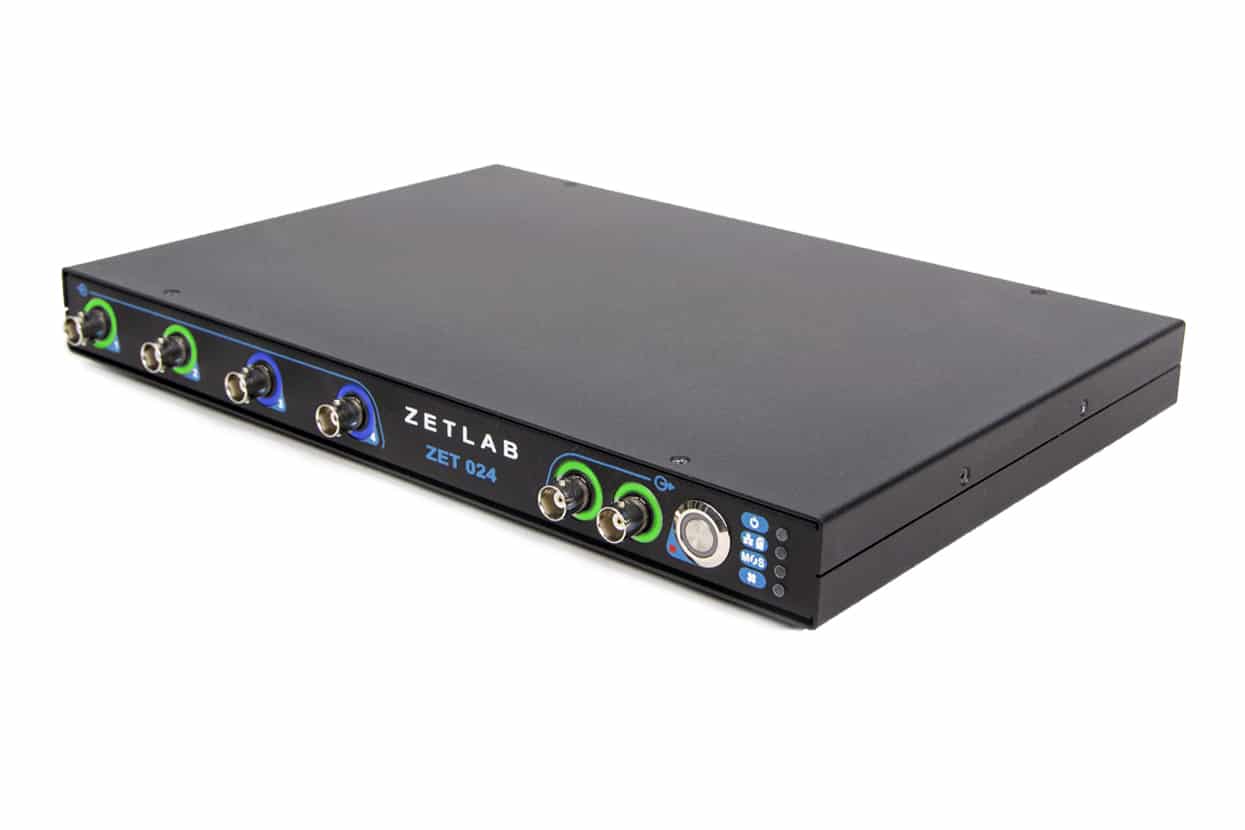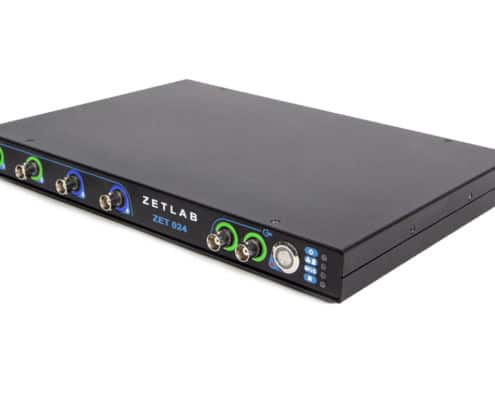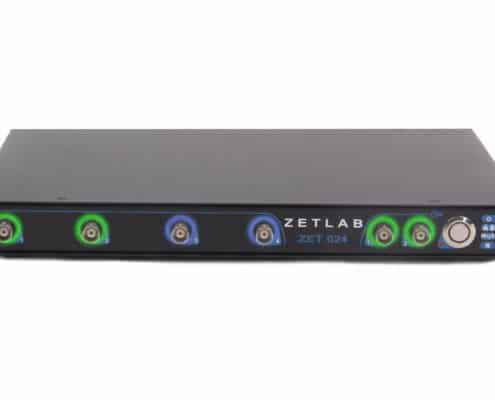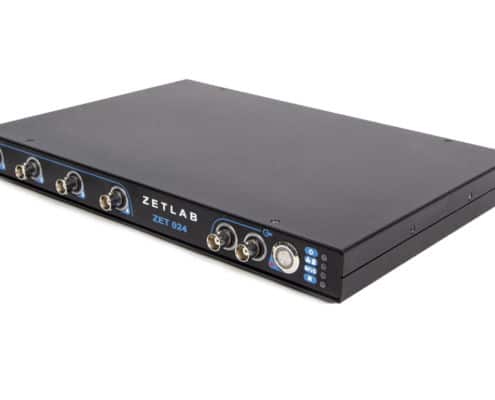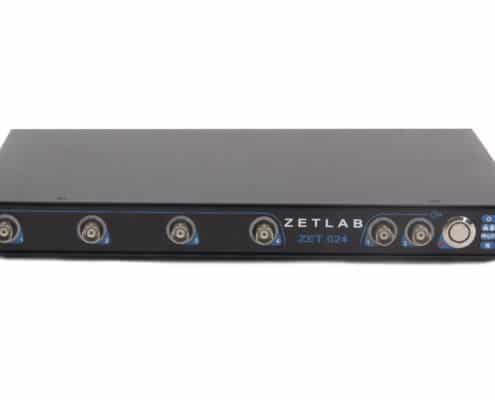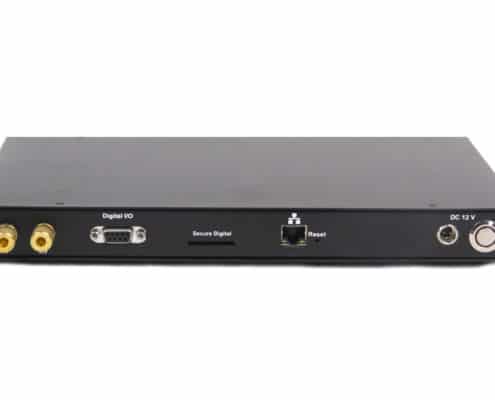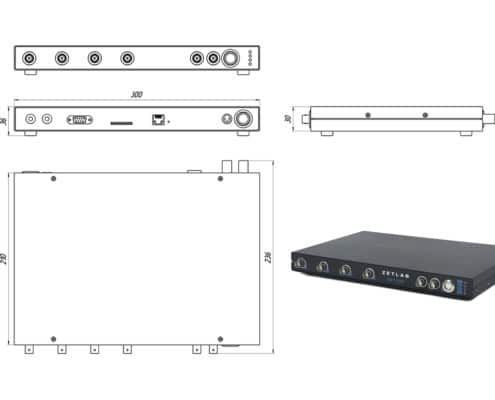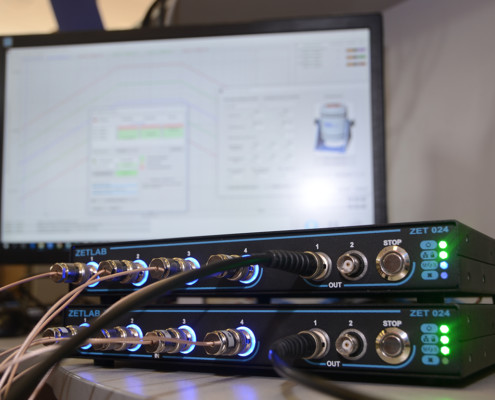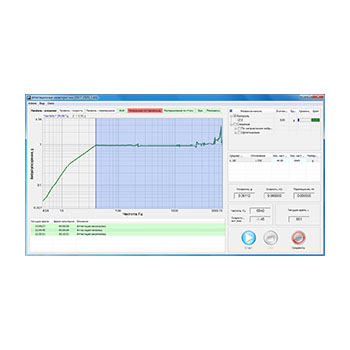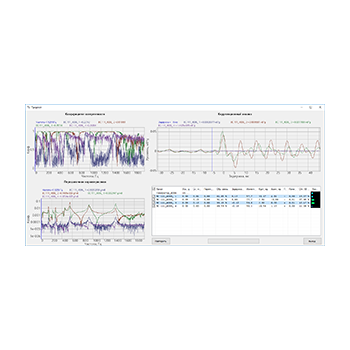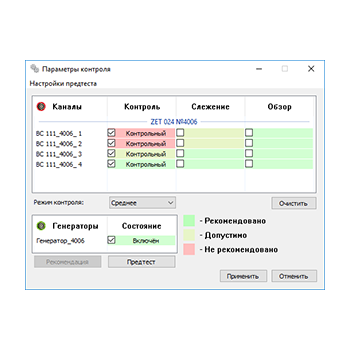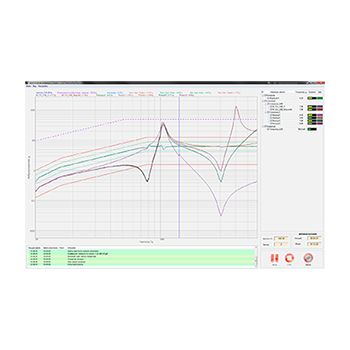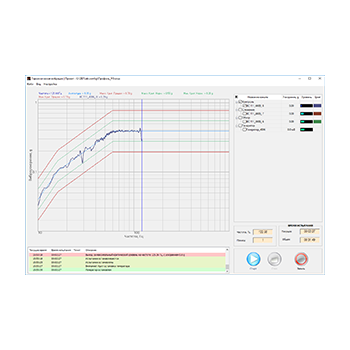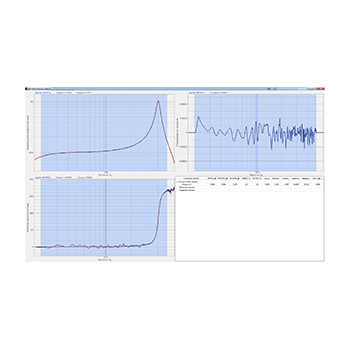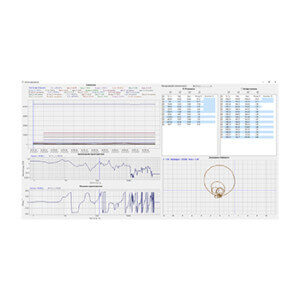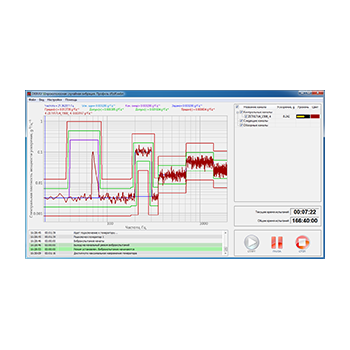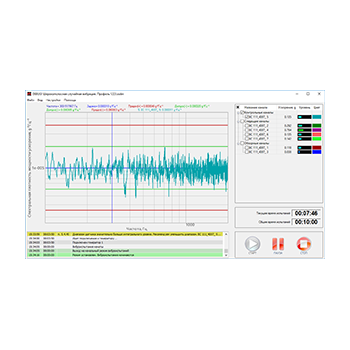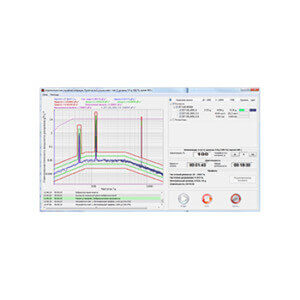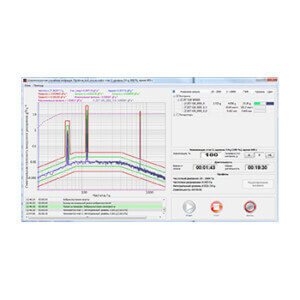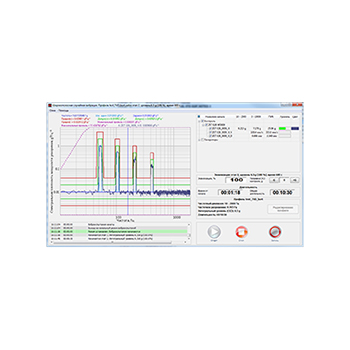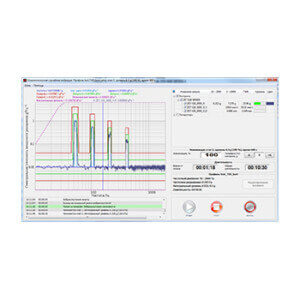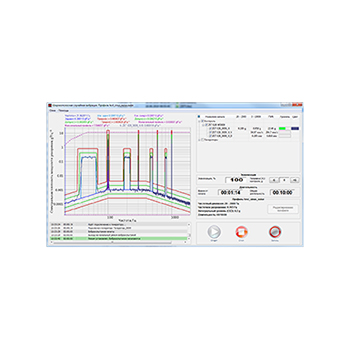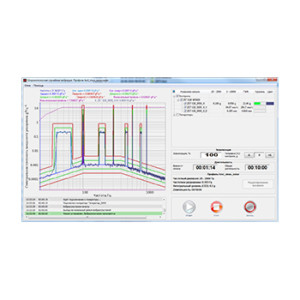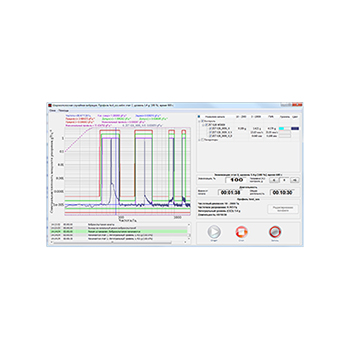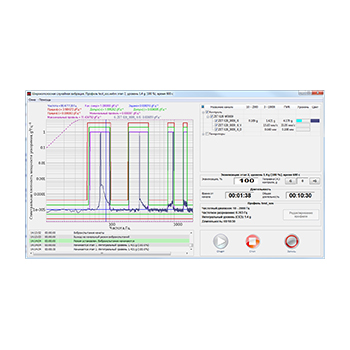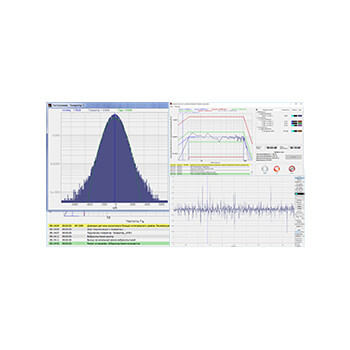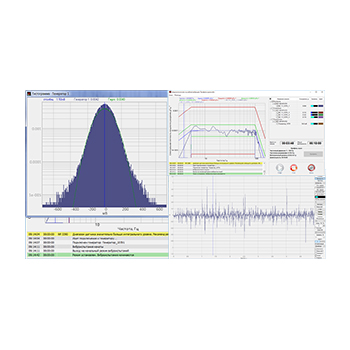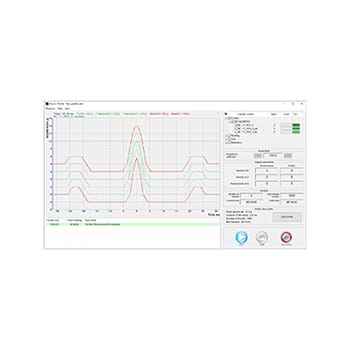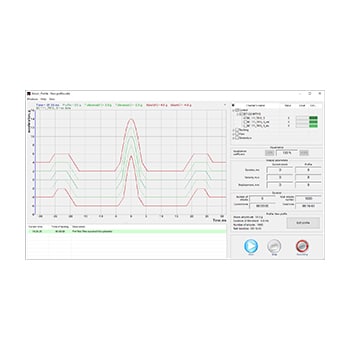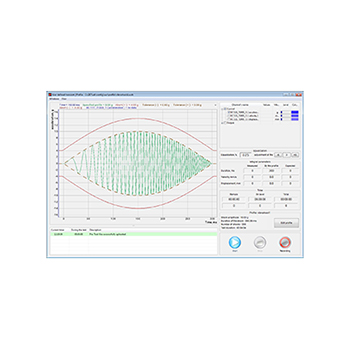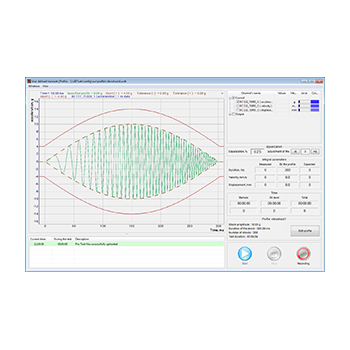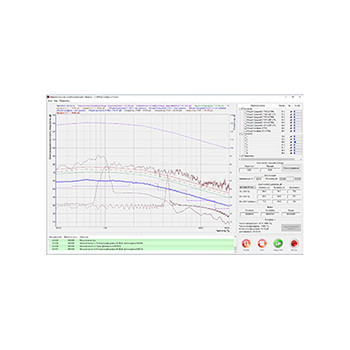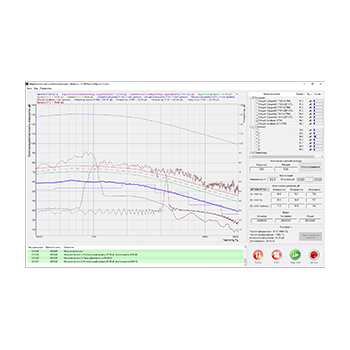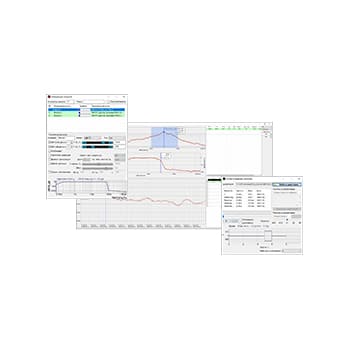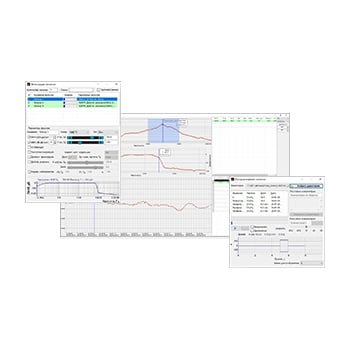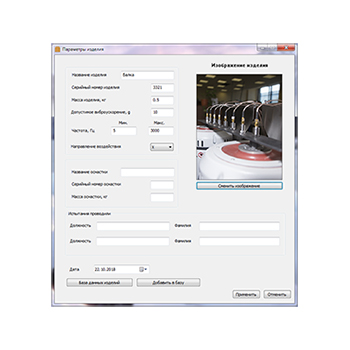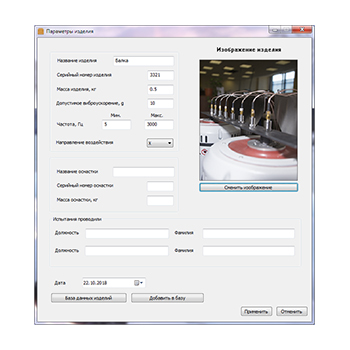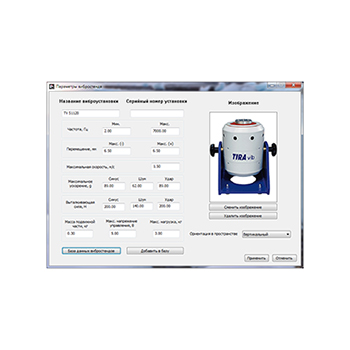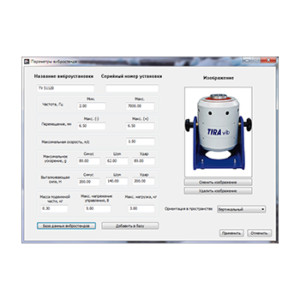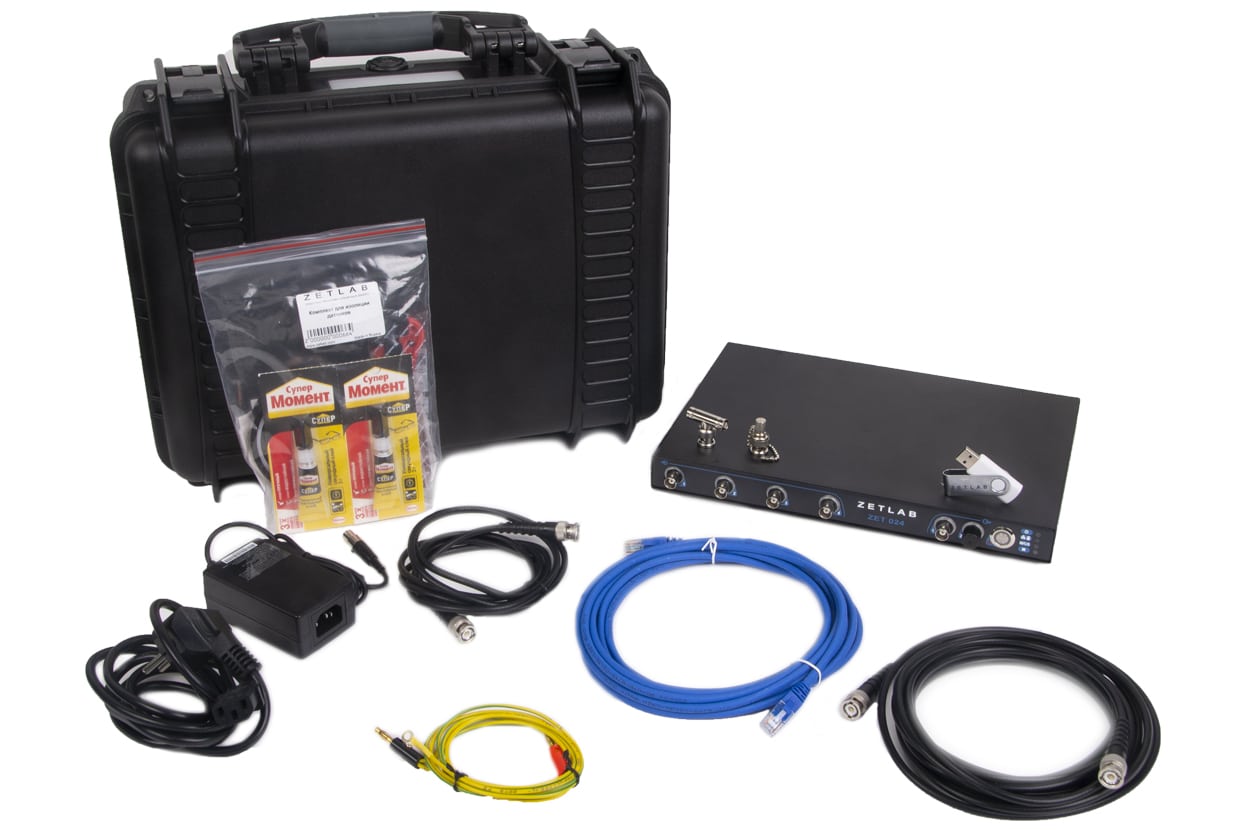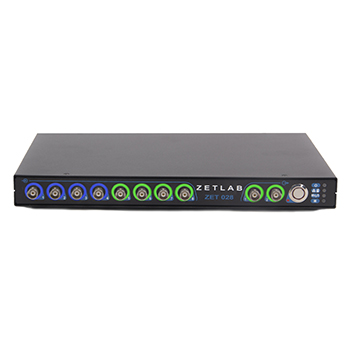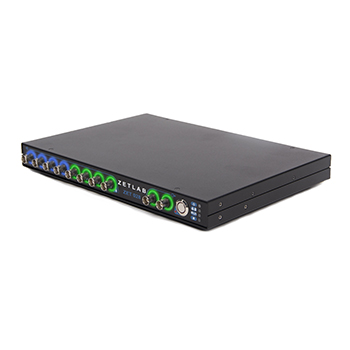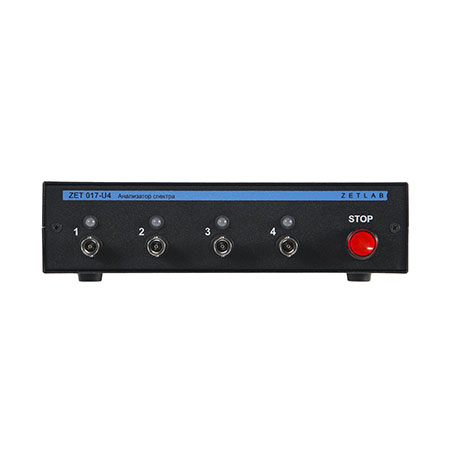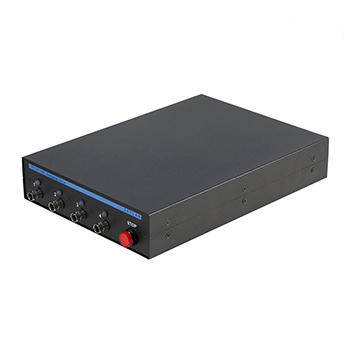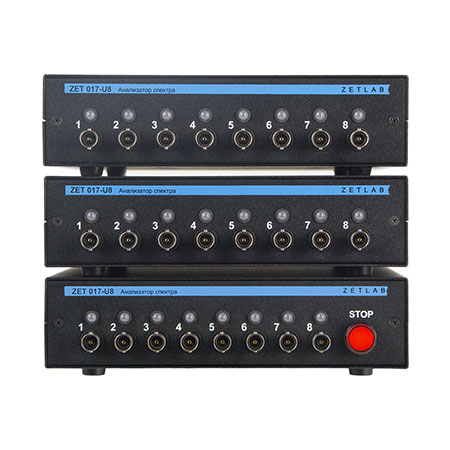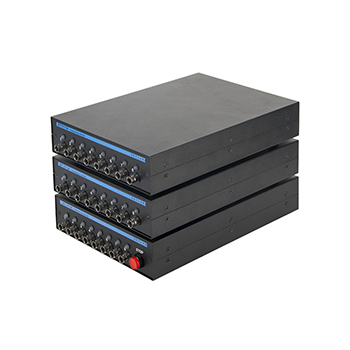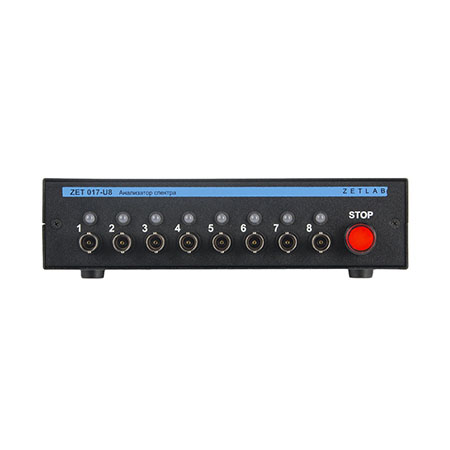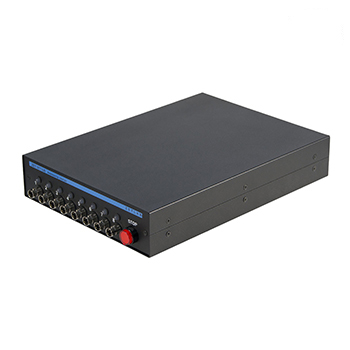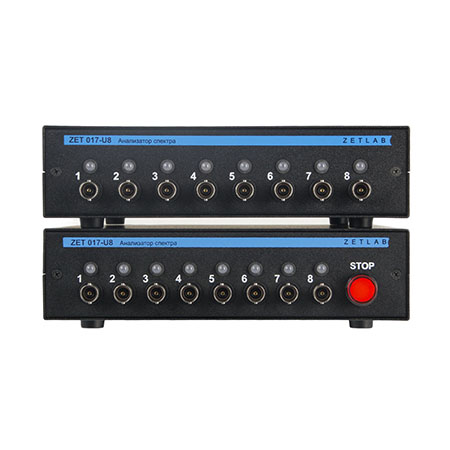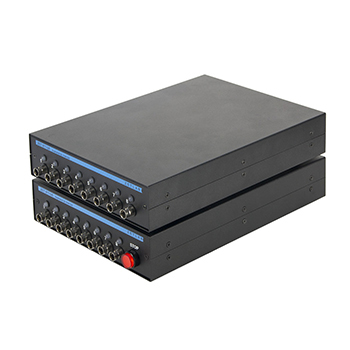Vibration controller (VCS) ZET 024
- software and hardware suite based on 4-channels data acquisition system;
- the system enables implementation of a wide range of vibration tests with the use of electrodynamic shaker systems;
- it is possible to increase the number of input channels by adding additional data acquisition modules to the system;
- PTP synchronization of several modules;
- compatibility with transducers with TEDS interface;
- task-specific software allows to conduct testing of the system and provides recommendations in terms of implementation of a particular profile.
POR (price on request)
Specifications
of vibration testing control system ZET 024
| Technical specifications | |
|---|---|
| Frequency range | 0,01 Hz… 35 kHz |
| Dynamic range | 130 dB |
| Number of measurement channels (feedback channels) | 4 |
| Number of control channels | from 1 up to 3* |
| Non-linear distortions ratio measurement range in the frequency limit of the first harmonic from 20 Hz up to 12 500 Hz with calculation of higher harmonics up to 25 kHz (max. 8 harmonics at the sampling frequency of 50 Hz). | from 0,01 up to 90 % |
| Limit of absolute error of non-linear distortions ratio Kn | ±(0,1Kn+0,03) |
| PC connection interface | Ethernet |
| Sinusoidal vibration (Sine) | |
| Control signal dynamic range | 105 dB |
| Frequency range of simultaneously analyzed signals | from 3 up to 10000 Hz |
| Measurement cycle duration | 100 ms |
| Frequency measurement error | max 0,1% |
| Acceleration measurement error | max 0,5 dB |
| Frequency sweep speed (lin.) | up to 600 Hz/min |
| Frequency sweep speed (log.) | up to 10 oct./min |
| Maintenance precision at resonance Q-factor (anti-resonance) less than 100 | ±3 dB |
| Maintenance precision at the Q-factor less than 250 | ±6 dB |
| Signal change speed | max. 30 dB/s |
| Control methods | By a single channel Average by several channels Max. by several channels |
| Measurement methods | Amplitude RMS Selective |
| LPF | Yes |
| Broadband random vibration (Random) | |
| Dynamic range of the control signal | 80 dB |
| Frequency range of simultaneously analyzed signal | 3 – 20000 Hz |
| Measurement cycle duration | 1 s |
| Frequency resolution | 6 – 0,3 Hz |
| Maintenance accuracy | ±3 dB |
| Control methods | By a single channel Average by several channels Max. by several channels |
| Classical shock (Shock) | |
| Shock duration | 0,1 – 30 ms |
| Shock frequency | 1 – 120 shocks per minute |
| Number of shocks | 1 – 100 000 |
| Shock amplitude deviation | max. 5% |
| Shock duration deviation | max. 5% |
| LPF | Yes |
| Shock pulse types | Sine Triangular Rectangular Saw-shaped Trapezoidal |
| Vibrational shock | |
| Shock duration | 10 ms – 4 s |
| Shocks frequency | 15 – 1200 shocks per minute |
| Number of shocks | 1 – 100 000 |
| Other functions | |
| Additional operation modes | Resonance search, track and dwell (RSTD) Gunfire impact imitation Synthesized pulse with pre-set parameters of the shock response spectrum (SRS) Transient time history (TTH) Field data replication (FDR) Fatigue damage spectrum (FDS) Kurtosis control (Kurtosion) Band-pass filter Acceleration dispersion diagram |
| Combined operation modes | Sine-on-Random Random-on-Random Sine-on-Sine Sine-and-Random-on-Random |
| Operational specifications | |
| Power supply network frequency | 49,5 – 50,5 Hz |
| Power supply voltage | 100 – 240 V |
| Consumed power | max. 8 W |
| Dimensions (l×w×h), max. | 280×200×35 mm |
| Weight, max. | 1 kg |
*Depending on the number of connected and synchronized modules

